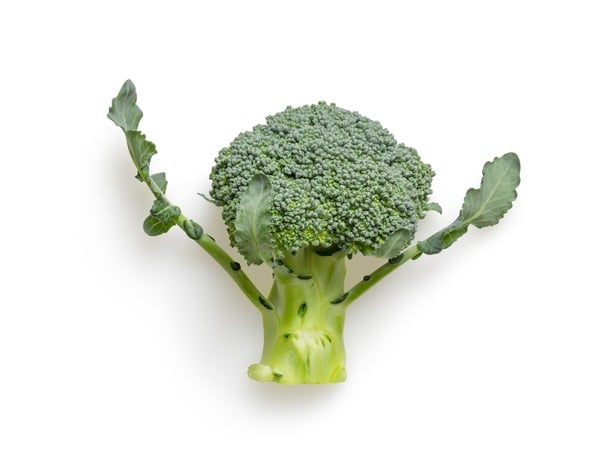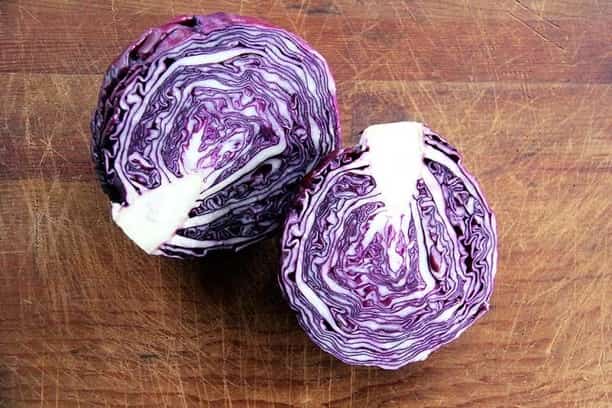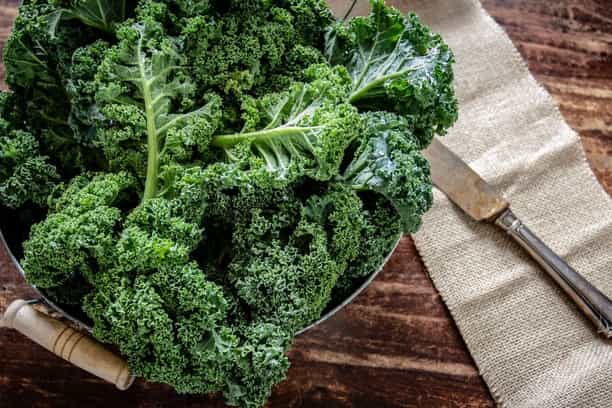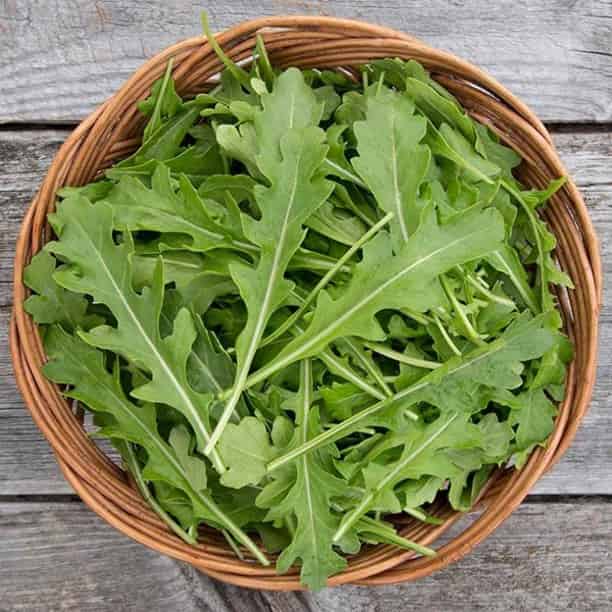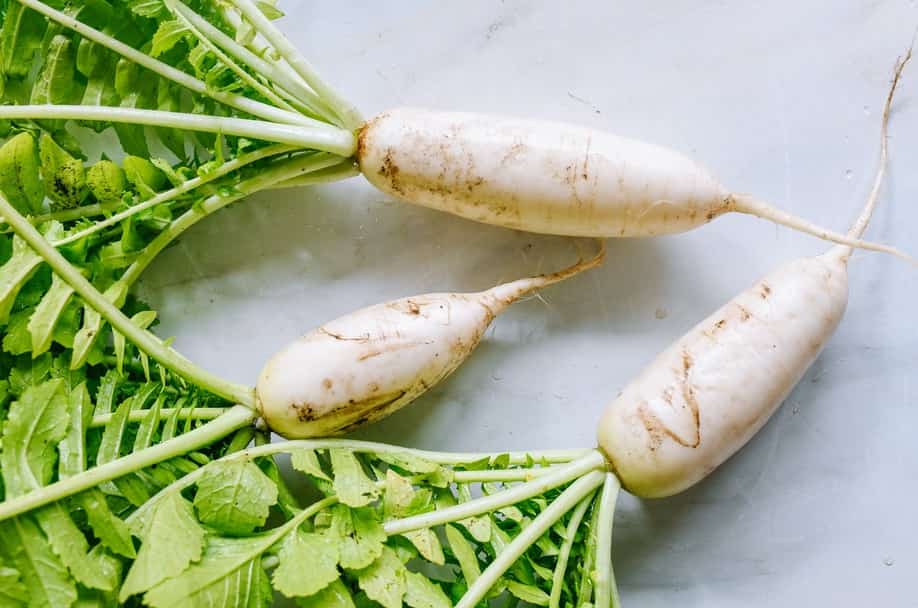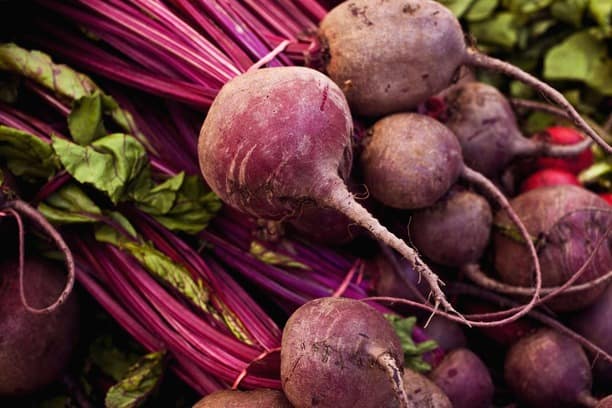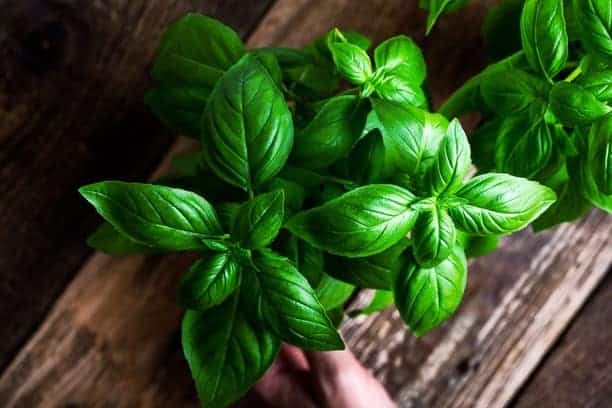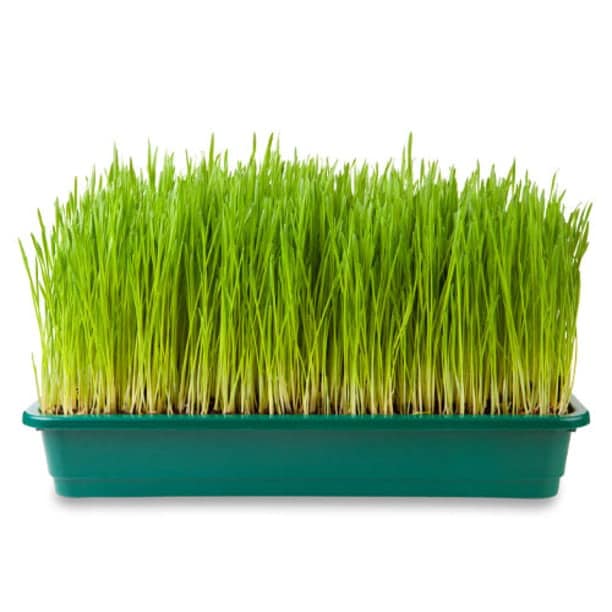Top 10 Healthiest Microgreens You Should Add To Your Diet
When it comes to maintaining health, happiness, and ensuring your body gets the nutrition it needs to thrive, few foods and dietary choices are as beneficial as microgreens.
With research clearly stating that microgreens can offer up to 40 times more nutrition than their fully-grown counterparts, it’s easy to see why so many people are trying them out for themselves.
In my own life, I’ve always loved the world of food and how it can make such a difference in our lives. I grew up in the sun of California and have always been an outdoors kind of guy, with a big part of my life coming from immersing myself in the joy of being a healthy individual.
Food has always been a huge part of that, so getting involved with microgreens just feels natural.
(No pun intended).
These tiny greens pack a powerful punch, offering a concentrated source of vitamins, minerals, and antioxidants.
Today we’re exploring the top 10 healthiest microgreens to grow at home, finding everything you need to know about each variety, and helping you really make the most of what these little greens have to offer.
Top 10 Healthiest Microgreens
#1 – Broccoli Microgreens
Broccoli microgreens are packed with essential nutrients, including vitamins A, C, and K, along with calcium and iron.
I’m particularly impressed by their rich sulforaphane content, a potent antioxidant celebrated for its cancer-fighting properties. Incorporating broccoli microgreens into your diet is a great way to help boost your immune system while supporting overall health.
#2 – Red Cabbage Microgreens
Red cabbage microgreens are visually stunning and packed with essential nutrients.
They contain high levels of vitamins A, C, and K, along with essential minerals like potassium and calcium.
Additionally, red cabbage microgreens are rich in antioxidants, which help protect your body from oxidative stress and support overall health.
#3 – Kale Microgreens
While the taste of kale might be a topic of debate, there’s no denying its impressive nutritional value. Packed with vitamins and minerals, kale microgreens add both health benefits and a unique peppery flavor to any dish.
Breaking it down, kale boasts an impressive nutrient profile, offering high levels of vitamins A, C, and K, along with calcium, potassium, and iron.
These tiny greens are also packed with antioxidants, which help to combat inflammation and support overall health. Include kale microgreens in your diet for a powerful dose of nutrition.
#4 – Pea Microgreens
If you’re looking for a way to bring a bit more life to your salads, pea microgreens are always a great choice. These little green friends are both tender and sweet, but are rich in vitamins A, C, and K, as well as essential minerals like manganese, magnesium, and iron.
Additionally, pea shoot microgreens are an excellent source of plant-based protein and dietary fiber source. They’re also a great way to breath new life into meals like stir-fries and sandwiches.
#5 – Arugula Microgreens
In case you’ve never heard of it, arugula is basically rocket, the peppery herb you find all over the culinary world. Known for its distinctive aroma and flavor, arugula is rich in vitamins A, C, and K, as well as essential minerals like potassium and calcium.
Arugula microgreens also contain glucosinolates, which have even been shown to have cancer-fighting properties.
Use arugula on a pizza, in a sandwich, or to garnish a salad; it’s a surefire way to enhance the flavor of your dish.
#6 – Radish Microgreens
Radishes are some of my favorites.
They offer that spicy, flavorsome kick we all know and love and are a great way to bring a bit of crunch to your meals. Or, you know, just snacking out the fridge or off the plant occasionally.
They’re rich in vitamins A, B, C, E, and K, as well as important minerals like potassium, calcium, and iron. They’re also packed with antioxidants, which help protect your body from harmful free radicals which could cause heart disease and other unpleasant ailments, so overall, they’re pretty healthy!
#7 – Sunflower Microgreens
No, I’m not talking about the massive yellow sunflowers you see in fields. Although that would be quite the sight to see on your plate at the dinner table.
I’m talking about sunflower microgreens.
Sunflower greens are a tasty and nutritious addition to your indoor garden. These greens are high in vitamins A, B, C, and E and essential minerals like potassium, magnesium, and iron.
They’re also a great source of plant-based protein, making them an excellent choice for vegetarians and vegans.
#8 – Beet Microgreens
Beet, short of “beetroot,” is an interesting microgreen.
Beet microgreens offer a vibrant splash of color to your dishes and a wealth of nutritional benefits. They’re high in vitamins A, C, and K, as well as essential minerals like potassium, magnesium, and iron.
Beet microgreens also contain betalains, a class of antioxidants known for their anti-inflammatory and detoxification properties, so they clearly do a world of good!
#9 – Basil Microgreens
You can’t go wrong with basil. It’s a firm favorite for the herbal category and a great way to bring new spark, texture, and experience to whatever dishes you’re cooking.
It’s famous for offering a fresh, aromatic flavor that compliments a variety of dishes for a reason. The leaves are rich in vitamins A, C, and K, as well as essential minerals like calcium, iron, and potassium, and offer anti-inflammatory compounds, making them a fantastically healthy addition to your diet.
#10 – Wheatgrass
I include wheatgrass on this list as kind of a black sheep microgreen.
It is often juiced or powdered and consumed as a dietary supplement, which is a bit different from the way many other microgreens
They’re high in vitamins A, C, and E, as well as essential minerals like magnesium, potassium, and calcium. It also contains chlorophyll, which has been shown to support detoxification and immune function.
Conclusion
Since growing my own microgreens at home, I’ve truly enjoyed being a part of this world and the degree of opportunities it’s given me, not just through health, but through being able to sample and explore so many new and exciting types of food.
And isn’t that what food always has been?
With so many health benefits and an array of flavors to choose from, microgreens are a versatile and delicious addition to any meal. Start your microgreen journey today and experience the joy of growing and consuming these tiny yet powerful greens right in the comfort of your own home.
Happy gardening!
FAQs
Growing microgreens at home is simple and requires minimal space and equipment. Start by selecting your seeds and a suitable growing medium, such as soil or a hydroponic mat.
Plant your seeds, water them, and provide a light source, such as a sunny windowsill or a grow light. Harvest your microgreens once they have reached the desired size, usually within 7-21 days.
How to Grow Microgreens Page
To store harvested microgreens, gently rinse them in cold water and pat them dry with a clean towel. Place the microgreens in a sealed container lined with a paper towel to absorb excess moisture.
Store the container in the refrigerator, where the microgreens should last for 5-7 days. It’s important to store microgreens properly to maintain their freshness and nutritional value.
While many seeds can be grown as microgreens, it’s essential to choose seeds from edible plants, as some plants may be toxic or inedible. Some popular microgreen varieties include sunflower, broccoli, radish, pea shoots, kale, arugula, beet, red cabbage, basil, and wheatgrass.
Ensure you’re using seeds specifically labeled for microgreen cultivation or organic seeds, as they will be free of harmful chemicals.
Microgreens can be easily added to your diet in various ways. They make a tasty and nutritious addition to salads, sandwiches, wraps, and smoothies.
Microgreens can also be used as a garnish for soups, omelets, and stir-fries or as a flavorful topping for pizza, pasta, and grain bowls.
Get creative and experiment with different microgreen varieties to find the flavors and combinations you enjoy most.

